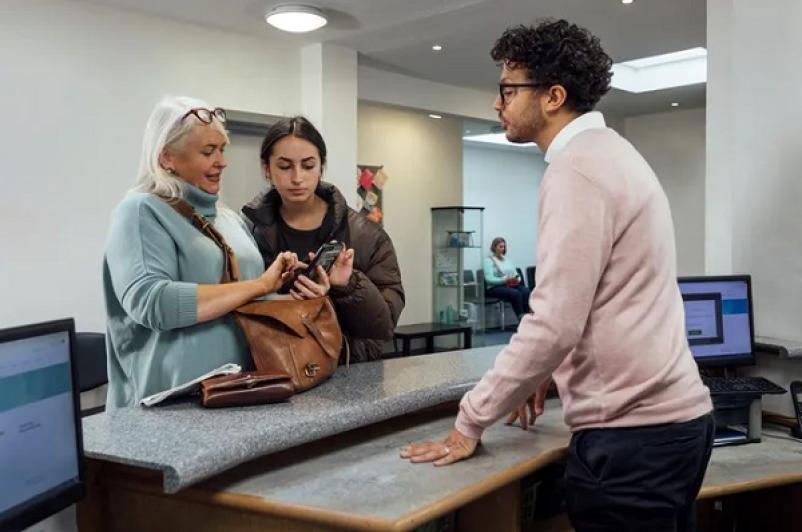
A reference guide on where to go for care
As we know all too well, life happens. Sometimes, our bodies feel great; other times, an injury or illness can appear out of nowhere. Your child falls and sprains an ankle while playing at the park. You catch a bug, and now you’re running a high fever, coughing and more. It can be tough to distinguish where to go for medical care when your symptoms feel unbearable, and it’s at a time when your primary care provider isn’t available.
As you gear up for warmer months, know the key differences to help you decide where to go for your health care needs.
What to expect in the Emergency Department
In a life-threatening medical emergency, every second counts. Never put off getting the proper care when lives are on the line. Remember, driving yourself to the Emergency Department (ED) may delay care, so call 911 for the fastest access to emergency care.
When the unexpected happens, UHS is always ready for a medical emergency. When you come to the Emergency Department at any UHS hospital, the trained team provides expert emergency care 24 hours a day for people of all ages. Although the department is open 24/7, wait times vary because health care staff need to treat the most seriously ill and injured patients first.
Recognize the signs of a medical emergency:
- Stroke or heart attack symptoms
- Allergic reaction that causes difficulty breathing or swallowing
- Compound fracture
- Seizures
- Severe asthma attack
- Severe burns
- Concussion with loss of consciousness
- Temperature over 101 in a child under 3 months old or a fever of 105 or higher in anyone else
What to expect at a Walk-In Center
If you have a minor injury or illness or need care after your physician’s regular office hours, going to a Walk-In Center is often the right choice. UHS Walk-In Centers provide quick, convenient care for non-emergency medical conditions.
Providers at UHS Walk-In Centers specialize in offering immediate care for acute complaints that need prompt attention but are not an emergency, such as:
- Cuts
- Coughs
- Some fevers
- Vomiting
- Flu
- Ear infections
What to expect during a Virtual Walk-In visit
Whether you have a busy schedule or are just looking for a more convenient option, virtual appointments are an easy way to manage your health from anywhere.
UHS offers Virtual Walk-In visits from 8 a.m. to 5 p.m. daily. Patients using the virtual walk-in receive care from the same family medicine physicians, physician assistants or nurse practitioners who conduct in-person visits at UHS walk-in locations.
To start a virtual visit, go to the virtual health section of the UHS website and select “Virtual Walk-In.” The system will prompt you to create an account if you don’t have one – the process takes about three minutes, and you do not have to be a current UHS patient. You’ll then be asked to choose from a list of conditions that can effectively be diagnosed virtually; if you have an alternate concern, the platform will refer you for an in-person visit.
If you’re a current UHS patient and are unsure if a virtual visit is right for you, you can call your provider’s office to request a scheduled video visit, and they can help you determine if it’s appropriate. If you’re not a current patient and are unsure whether the walk-in or a virtual visit is the best avenue for treatment, choose a virtual visit – the provider will either address your concern or refer you for in-person care, with no charge for the virtual visit. Plus, unlike many health systems that require a credit card payment upfront, UHS will submit to insurance for a virtual visit.
These days, many types of appointments can be done virtually, including consultations, care for chronic conditions and prescription management. While virtual care is a convenient way to stay well, it should never be used in place of emergency care. If you are experiencing a life-threatening medical emergency, call 911 right away.
The chart below will guide you on the best option to seek care.


